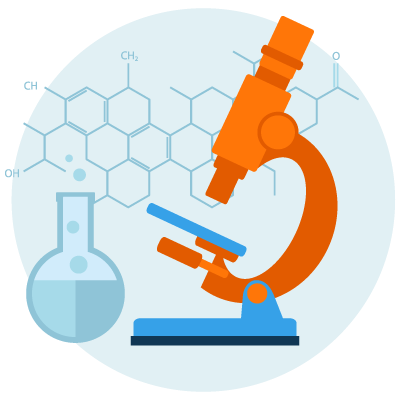While many of the factors involved in the onset of MS are becoming clear, novel interactions between key players of the immune system that lead to brain inflammation are still being discovered. For instance, there is growing evidence that the cells that normally repair areas of the brain damaged by autoimmune attacks, called oligodendrocytes (OPCs), may be involved in perpetuating the autoimmune signal against myelin. Activating this function may prevent the oligodendrocyte from repairing myelin.
This project seeks to further understand the mechanisms behind these interactions. Specifically, Dr Alistair Govier-Cole will investigate the influence exerted by an inflammatory molecule on oligodendrocytes and their capacity to perpetuate the autoimmune signal against myelin and repair myelin. He will also explore how a signalling pathway is involved in regulating the influence of this inflammatory molecule. This signalling pathway has been shown to promote the oligodendrocyte autoimmune signal against myelin in laboratory work. It is hoped this work will reveal novel targets for new drugs that treat or even prevent autoimmune inflammation from occurring.
Dr Govier-Cole and his team aimed to understand how glucocorticoids, a class of anti-inflammatory drugs commonly used in MS, affect the role of oligodendrocyte precursor cells during inflammation.
Despite technical challenges, the project achieved several milestones. The team successfully created a laboratory model where the glucocorticoid receptor (GR) was specifically removed in oligodendrocytes and developed a method to isolate these brain cells in the lab. They performed various experiments to measure how these cells grow, change, and form protective layers around nerve fibres. However, difficulties in growing enough cells for some tests and a lower survival rate of the modified cells hindered clear conclusions.
They attempted to determine if cells without GR show lower levels of certain proteins (MHC Class I/II) when stimulated but found it challenging due to low protein levels. They also tested if these cells without GR grow and form protective layers better under certain conditions, with mixed results. Despite these setbacks, they established a method to isolate and work with these specialized brain cells and developed new methods to measure cell growth and function.
The results could not tell how glucocorticoid signalling regulates OPCs’ immune functions, but they were promising enough to warrant further investigation. The team is now exploring these interactions in laboratory models of inflammatory demyelination, aiming to better understand glucocorticoids’ role in regulating OPCs’ immune functions. This project laid important groundwork for ongoing research in this area.
Dr Govier-Cole and his team will continue to acquire data in this field and plan on publishing their findings in the future.
Updated 31 March 2024
$13,750
2022
1 year
Past project




